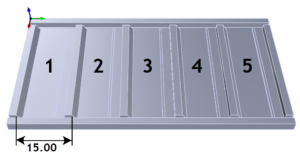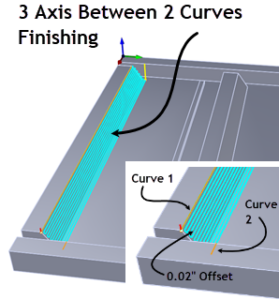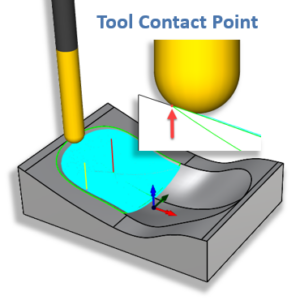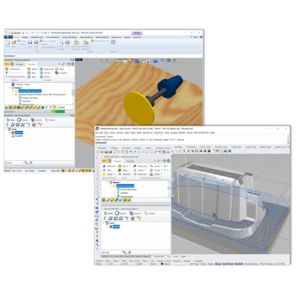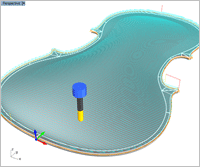 Christopher Dungey of Grand Junction, CO has been hand crafting cellos since 1979. In 2015 Chris purchased a Laguna IQ HHC 3 Axis CNC machining center and RhinoCAM. Chris will readily admit that even with some automation, it still takes 400-600 hours of labor and love to craft a Christopher Dungey Cello with #116 being completed as we speak, within the span of his 40-year career.
However, cello making is an arduous profession that wreaks havoc on the upper arms, wrists and joints forcing short careers on many of his colleagues. With the help of RhinoCAM, Chris is able to automate the task of bulk material removal that 200 years ago would have been performed by apprentices. Chris has agreed to share with us a few of the RhinoCAM techniques he uses in this process.
Christopher Dungey of Grand Junction, CO has been hand crafting cellos since 1979. In 2015 Chris purchased a Laguna IQ HHC 3 Axis CNC machining center and RhinoCAM. Chris will readily admit that even with some automation, it still takes 400-600 hours of labor and love to craft a Christopher Dungey Cello with #116 being completed as we speak, within the span of his 40-year career.
However, cello making is an arduous profession that wreaks havoc on the upper arms, wrists and joints forcing short careers on many of his colleagues. With the help of RhinoCAM, Chris is able to automate the task of bulk material removal that 200 years ago would have been performed by apprentices. Chris has agreed to share with us a few of the RhinoCAM techniques he uses in this process. Part & Setup
Chris has spent a considerable amount of time reviewing and tweaking his 3D CAD models until they represent the perfect form that make his cellos unique. In image (a) below on the left we see the top side of the cello as a Rhino 3D part model. Notice the curvature in the front elevation. On the right image (b) we see the stock model in RhinoCAM. The holes at the north and south ends are for alignment while those located east and west are for fastening the stock to the table of the CNC machine.
 |
 |
Roughing
 |
 |
 |
Rough Finishing
 |
 |
 |
 |
Hand Finishing
 |
 |
 |
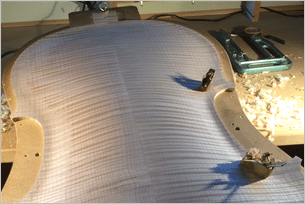 |
A Christopher Dungey Cello
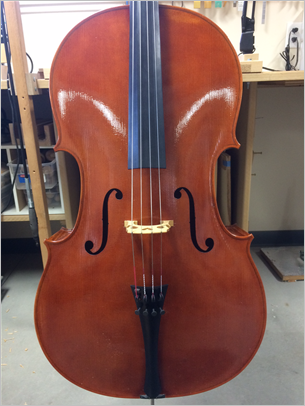 |
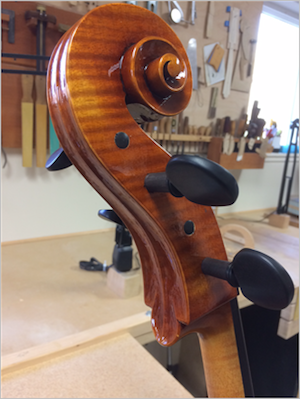 |
More about Christopher Dungey Cello Maker
We want to thank Chris for allowing us to share his story of a modern day Cello Maker and RhinoCAM! To see the completed handcrafted cello shown above, you’re invited to read more about Chris and RhinoCAM here:
- Case Study: RhinoCAM & Chris Dungy Cello Makers Inc.
To learn more about Christopher Dungey and his passion and talent for cello making, we invite you to visit his website at www.dungeycello.com and on Facebook. We also invite you to hear a Christopher Dungey Cello at these video links:

